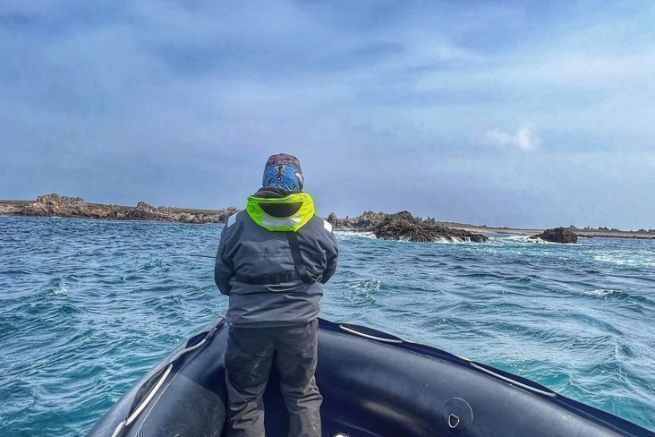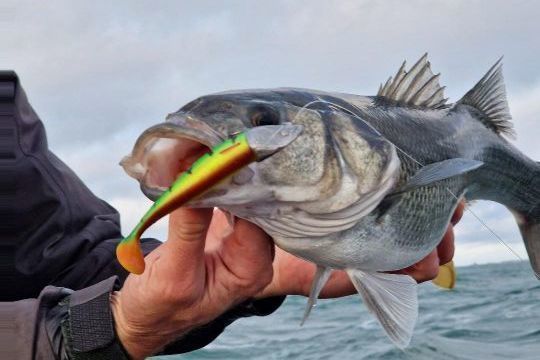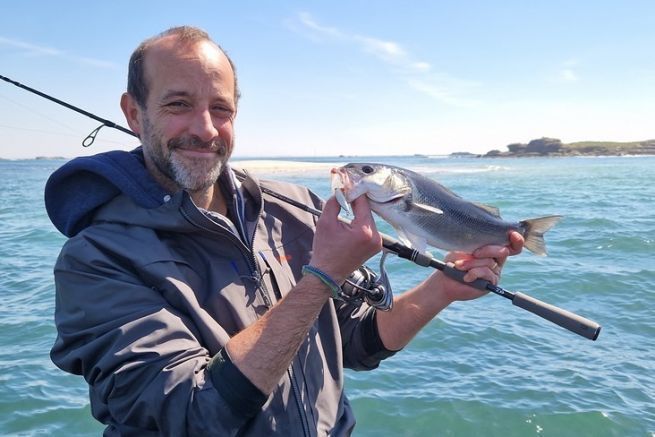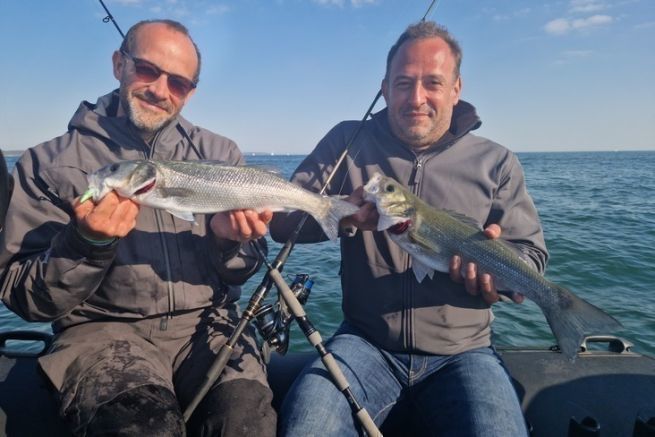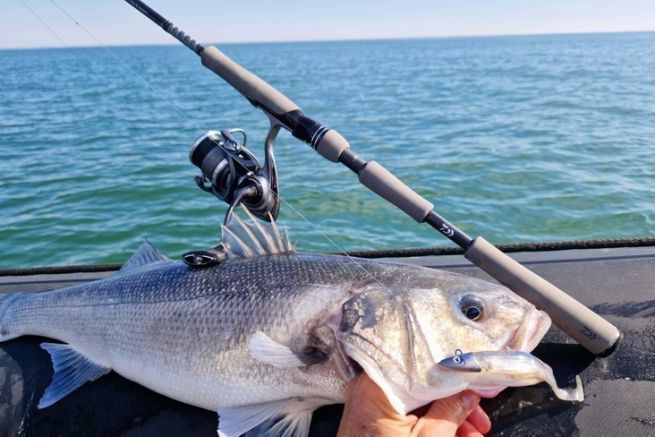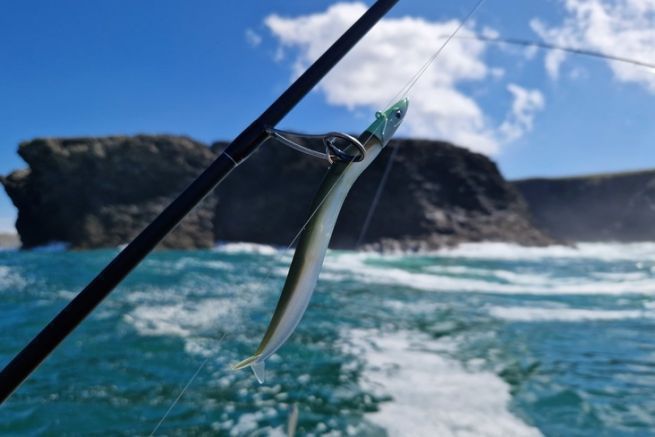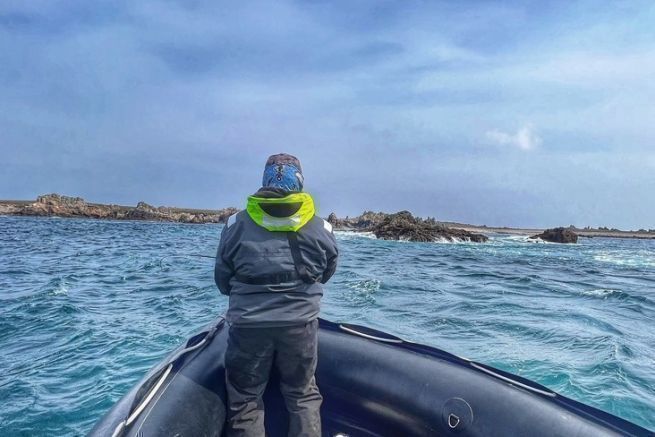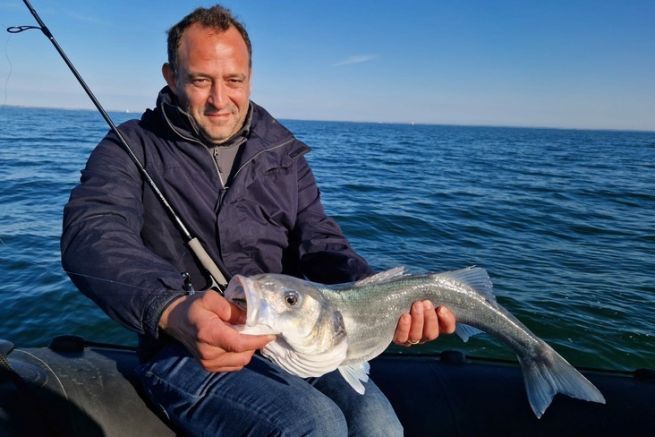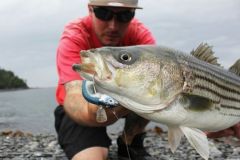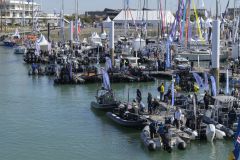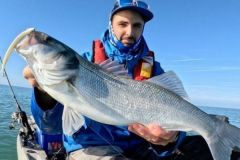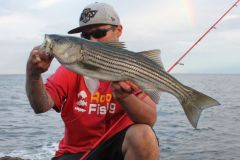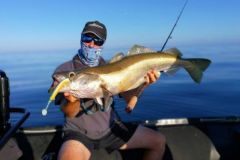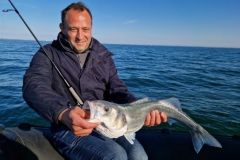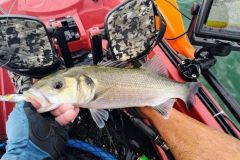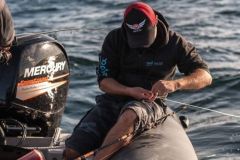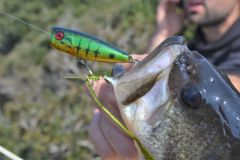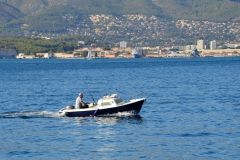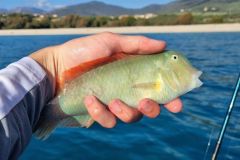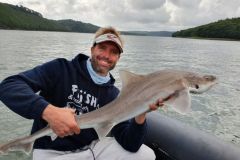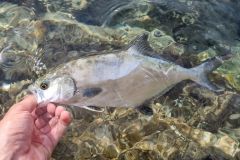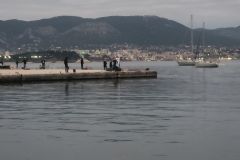Fishing for sea bass is one of the most exciting activities there is. It is possible with many techniques and on many different spots. From the shore, on the edge, in shallow areas or even offshore, in deep waters, you will be able to cross its path almost everywhere.
We are going to focus on an area between 10 and 20 meters, which is one of the most targeted by sea anglers. In this area, you are likely to find sea bass, but also many other species.
When to target this area?
To choose the area to target, several parameters must be taken into account, such as the presence of food or the water temperature. At the beginning of the season, the fish are not yet at the coast and generally colonize the zones of the small open sea which correspond perfectly to the one between 10 and 20 m. The latter is therefore favorable to the search for sea bass.
You will undoubtedly find forage fish such as sandeels or small sprats. The presence of these attracts predators and sea bass. When they return from spawning, they need to feed in quantity. Sectors with a high density of forage fish should be targeted in priority. The sounder will be a precious help to find the balls of forage.
The choice of your lures will have to be done according to the size of the preys. We will detail this later.
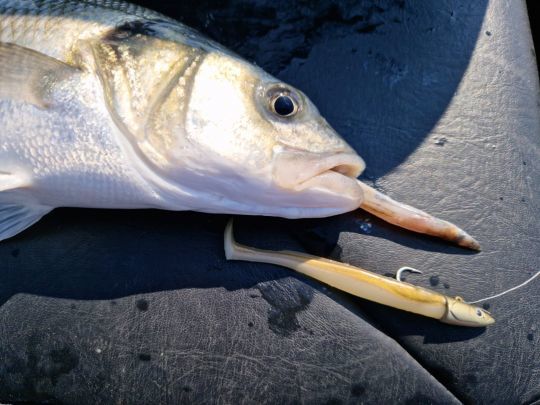
Current veins
To target the bass, you will put all the chances on your side by prospecting the current veins. These veins carry the fodder and predators are not mistaken.
However, it should be considered that beyond 3 knots of drift, fishing can be more technical. You will identify these by looking at the mapping of the area and locating areas where the sounding lines are close together.
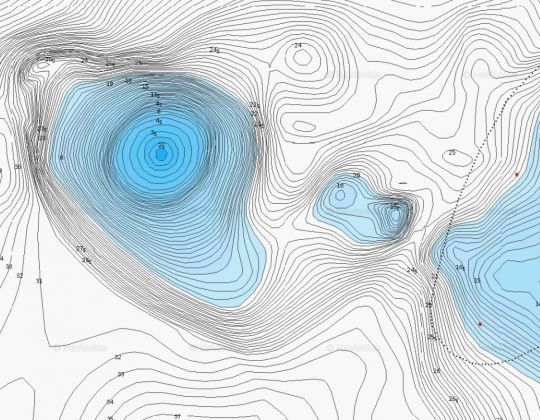
These fishing areas are ideal for shads such as the Black Minnow. Depending on the depth and the speed of the current and the drift, you will adapt the weight.
To give you an order of magnitude, by 15 m with 2 knots of drift, a black minnow 120 in 25 grams is a minimum, for the model 140, depending on the area where the fish are active, a lead in 28 or 40 grams is appropriate.
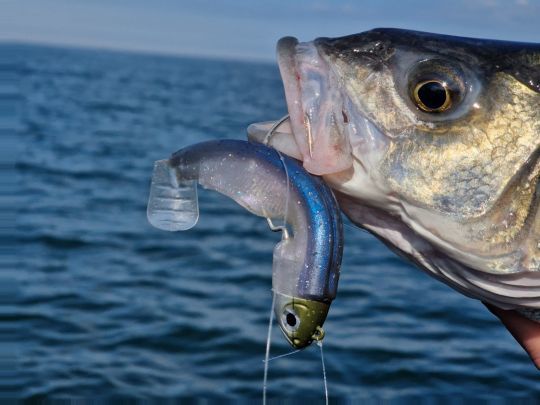
The sandy areas
At the beginning of the season, it is often wise to linger on the sandy areas. At this time of the year, the sandbanks are colonized by sand lance, the favorite prey of sea bass and other predators.
These fish have a size that changes as the season progresses, so in early spring, opt for a lure in size 150/180 mm like the Crazy Sand Eel from FIIISH.
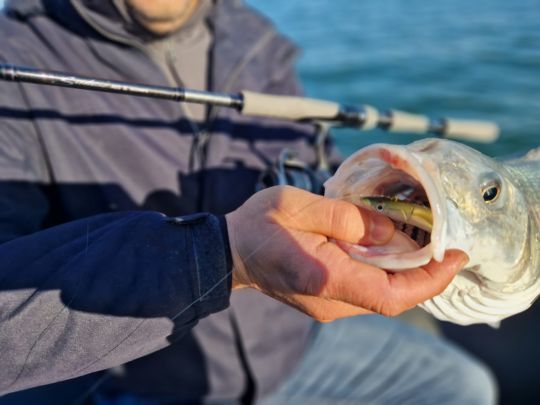
The more the season advances and the more I increase the size of the lures to fish at the beginning of the summer with the model 220 mm leaded in 30 grams. However, the all-purpose lure for fishing in about 15 meters remains the Crazy Sand Eel 180 with its 35 grams head.
The linear technique
You will sometimes be faced with a situation where you will not know which animation to use. Vertical or traction?
In such a case, a technique that brings me excellent results is the linear one. It consists of a linear and continuous retrieve of the lure through the water layer after having cast it across or downstream of the current. Depending on whether you're going downstream or upstream, you'll have to adjust the retrieve speed to stay consistent with a small prey.
The shallow lead head stands out from the crowd and gives the lure a rolling action that fish love. But the Crazy Sand Eel is not to be outdone!
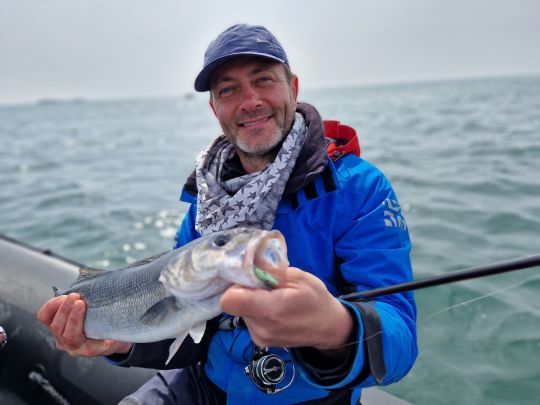
The Daiwa rod and reel set is composed of the Saltist AGS 3 in 2.43 m associated with the Lexa 3000 and is perfectly adapted to this practice.

 /
/ 